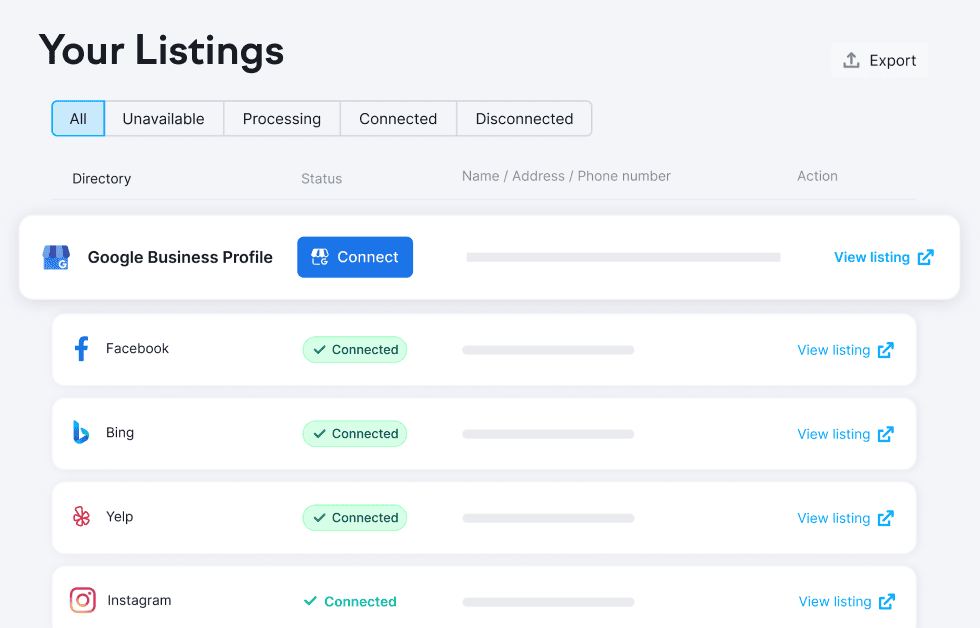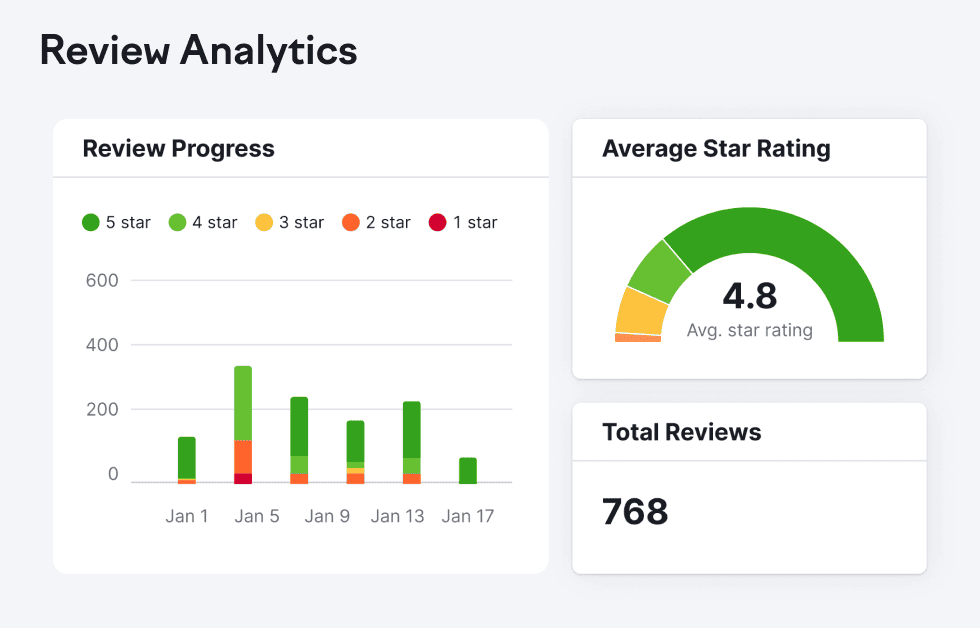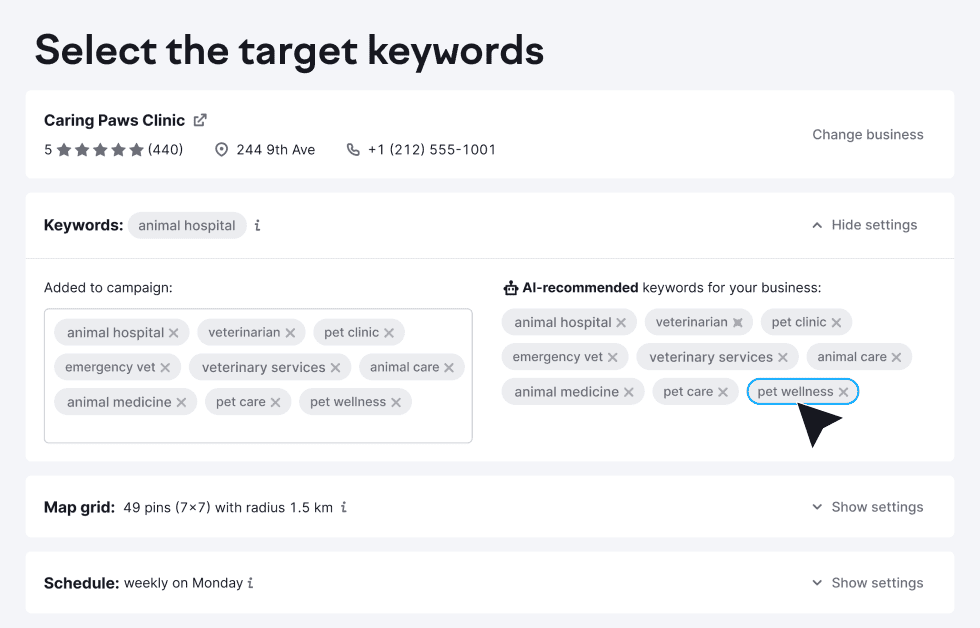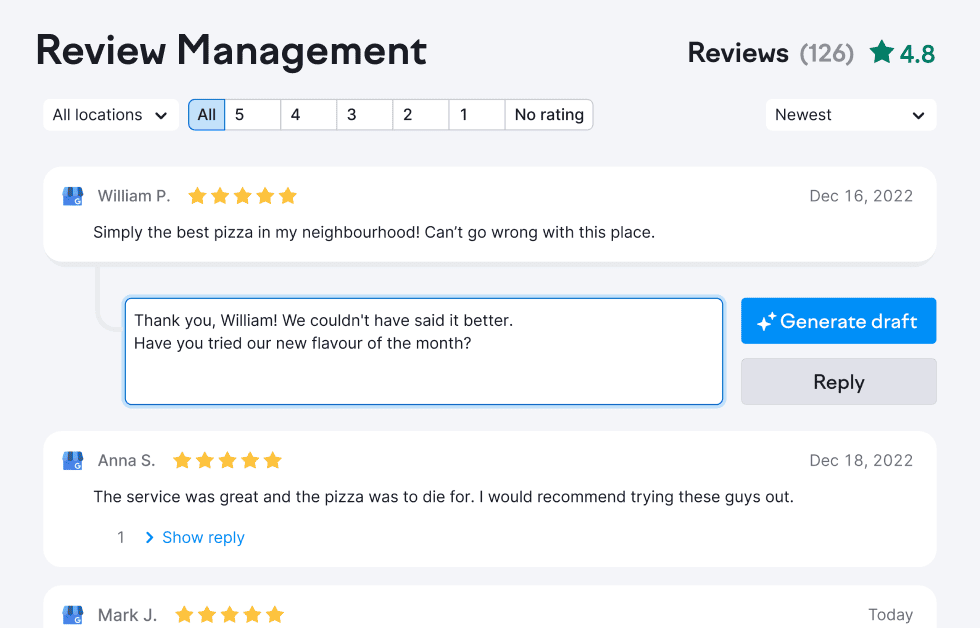- Local SEO requires a content marketing strategy that focuses on geographic relevance.
- Common mistakes include neglecting local search queries and inconsistent NAP information.
- Semrush Local offers comprehensive tools that ensure your local SEO strategy is effective and efficient.
Content marketing is a powerful strategy to engage local audiences, boost search visibility, and drive foot traffic. However, developing effective content marketing strategies for local SEO requires a more refined approach than broader content initiatives. Let’s delve into what makes content marketing for local SEO unique, as well as some common pitfalls and best practices.
Building content marketing strategies for local SEO: an overview
The cornerstone of any local SEO content marketing strategy is the creation of geo-targeted content. This includes blog posts, articles, and landing pages that address the interests and needs of the people in your area. Give content a local twist by researching keywords that potential customers use when looking for solutions online. For example, this restaurant that ranks for “best restaurant in Pittsburgh” has written articles about their many awards.
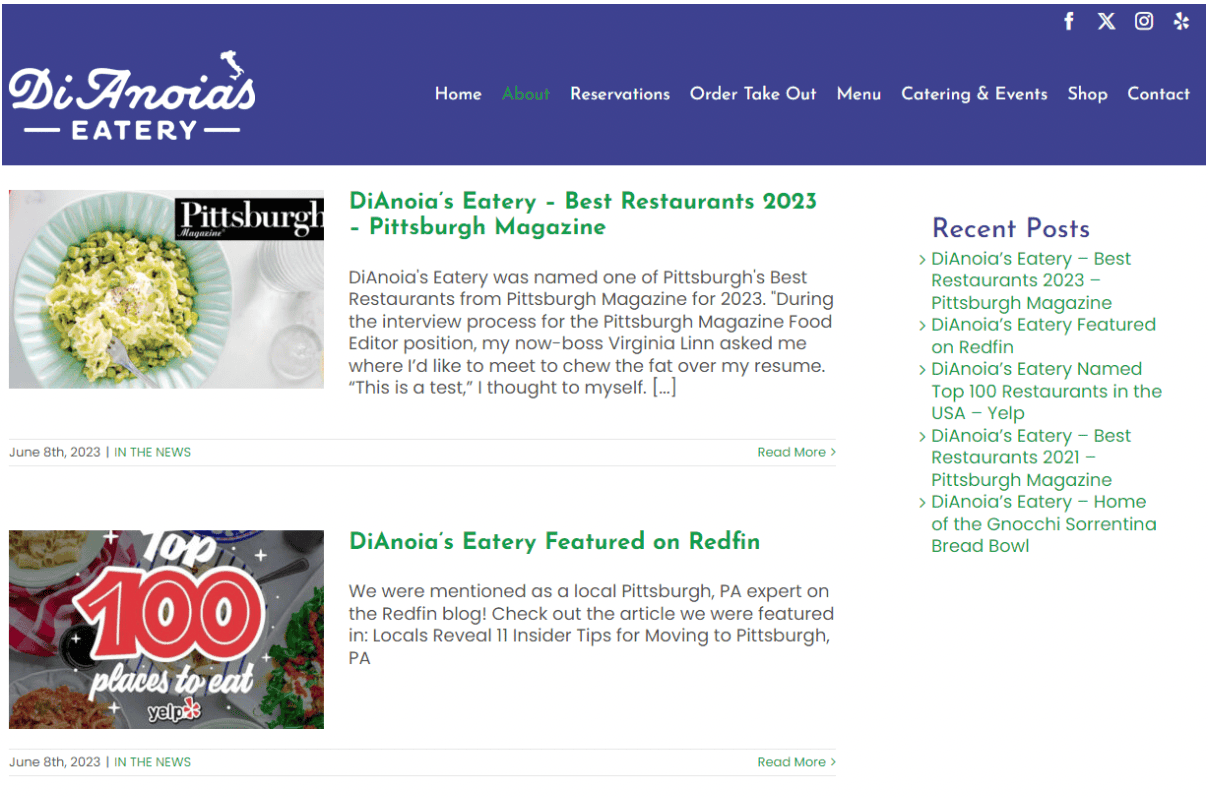
A Pittsburgh restaurant’s content marketing for local SEO.
Semrush and Google’s Keyword Planner identify these keywords, giving you data on search volume and ranking difficulty. The better you optimize content with local keywords, the more likely you’ll appear in local and organic results.
| Full package: Complete your local SEO strategy with Semrush Local’s tools for building citations and managing reviews. |
Common mistakes in content marketing strategies for local SEO
One of the biggest mistakes in local content marketing is creating generic content that lacks local relevance. To truly engage a local audience, your content must reflect an understanding of the local culture, language, and trends.
Another common pitfall is inconsistent name, address, and phone number (NAP) information across content platforms. This data should feature prominently on your website and anywhere else you publish your content.
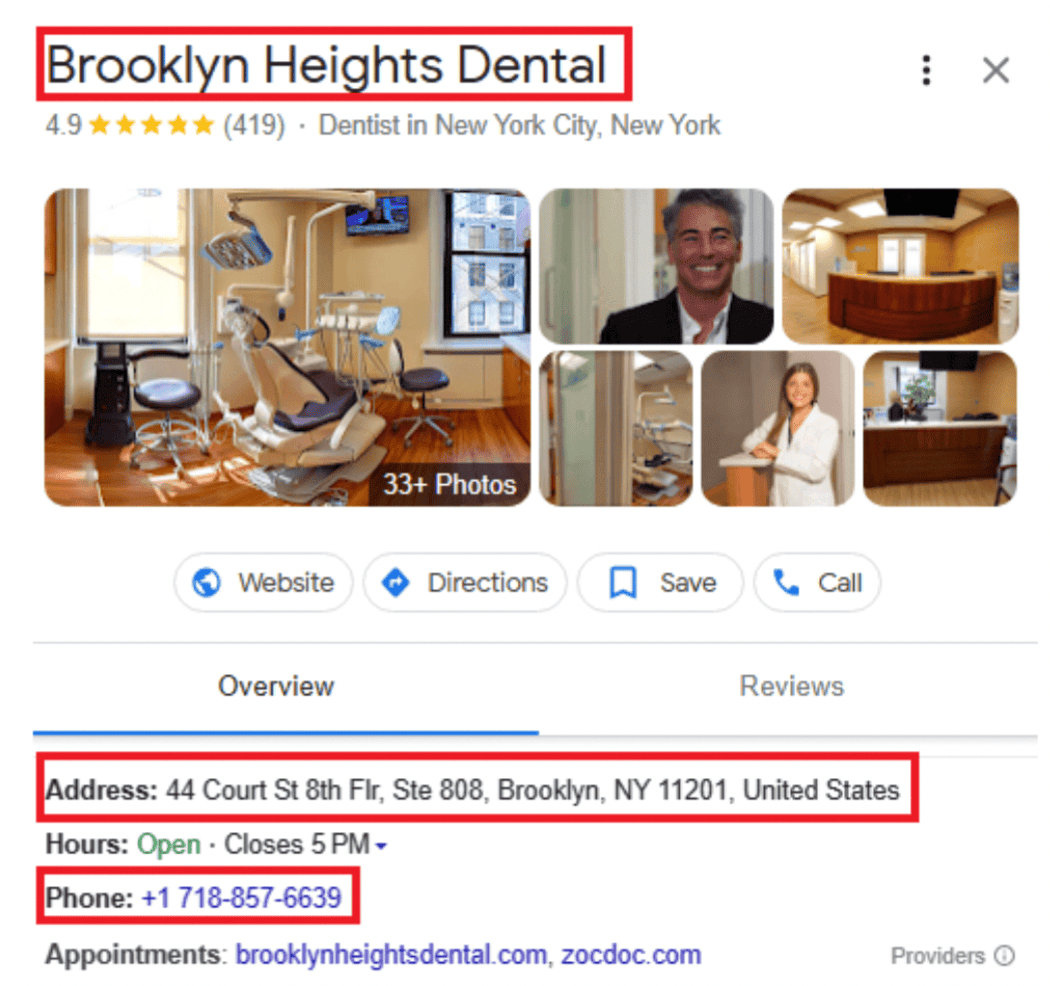
NAP data on a Google Business Profile.
Failing to optimize content for mobile users also reduces local SEO success. Great content is easily accessible, fast-loading, and mobile-friendly to cater to on-the-go lifestyles.
| Site health: Run a Semrush site audit and identify technical errors that make your mobile site difficult to navigate. |
Best practices for local SEO content marketing
Effective content marketing for local SEO starts with a clear strategy. Before you can start creating content, you need to know exactly who your audience is. Start by creating detailed client personas. Interview current customers and ask questions about what drives them to use your business.

Semrush’s client persona builder.
Their reasons may seem obvious (everyone needs groceries, for example), but delve deeper and you may find interesting emotional drivers. One customer may reveal, “My grandfather took me to this grocery store and deli once a week for an after-school snack, and coming here makes me feel like he’s still around.” Stories are powerful community-building assets that help you understand the real value people see in your business.
Next, lay out the segments of your local audience with their unique needs and interests. Brainstorm content ideas and do local keyword research for these specific groups so everything you write is highly relevant. You can also get some help crafting content for your local business by using a free business description generator tool. It will provide you with a well-written description infused with relevant local keywords for your Google Business Profile.
Now it’s time to build your local content marketing calendar around your local keyword research and client personas. Prioritize high-quality content that offers genuine value to the local market to drive engagement and shares.
Incorporate keywords into your content and business descriptions in a way that feels natural and enhances readability. Keyword stuffing detracts from the quality of your content and may negatively impact your search engine rankings. Mentioning landmarks and streets can also help improve your content's local relevance—a key local SEO ranking factor. Use analytics tools to monitor engagement, traffic, and rankings in local search results. Pay close attention to what works well so you can replicate that success in future content.
| Time to present your business: Simplify how you showcase your business on Google Business Profile with the help of our free Business Description Generator tool. |
Local SEO content marketing ideas to work into your strategy
Your keyword research, client personas and business objectives should be the guiding force behind your local content marketing. With this as a foundation, you can start building a dynamic content strategy with a wide range of different content types. Feature interviews or stories about your team and other local businesses. This not only builds relationships in your community, but also enriches your content with local relevance.
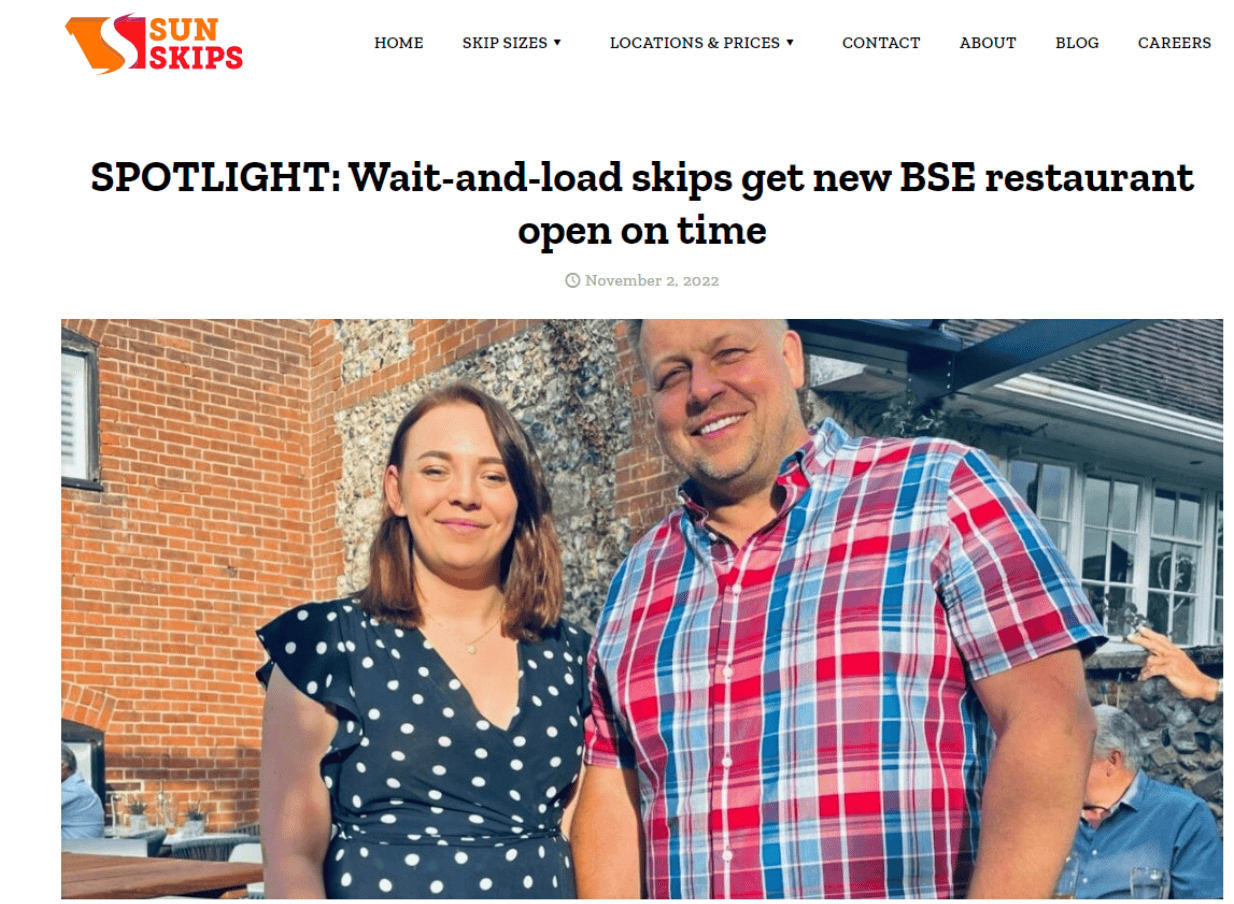
A waste management firm’s local content marketing.
Sharing success stories or case studies from your customers can significantly boost your local relevance and credibility. For example, a gym could feature local stories of members who have achieved their goals, including before-and-after photos. People love to see social proof, and businesses with such content are sure to get a boost from it, especially if it features someone from the local community.
Develop a comprehensive guide that is relevant to your local area and business offering. For example, a hotel that highlights up-to-date and detailed attractions, dining, shopping, and hidden gems would be a total winner. Seasonal content can also offer tips on enjoying the unique aspects of your local area and business offerings during key times of the year. For example, a restaurant featuring a popular local Christmas dish, or a barber creating content about special Father’s Day services being offered are sure to attract local customers. Whatever you choose, posts geared towards attracting audiences with a need to do something locally are always going to help your business stand out. Don’t be afraid to delve into the history of your area and business in order to share interesting facts that locals might not know. This type of content engages readers and deepens their connection with your business.
Video content has a high engagement rate and can be a powerful tool in your local SEO content strategy. Consider creating videos that tour your business, showcase local landmarks, or highlight community events. For example, a bookstore could shoot a series of author interviews or book recommendations, emphasizing its local charm and expertise.
List your business in local directories. You can occasionally share content through these platforms. For example, you can update your Google Business Profile with posts about your latest content, offers, and events. This not only improves your visibility on Google but also keeps your business information fresh and engaging. You can also take advantage of Semrush’s free Business Description Generator tool, which provides you with the ability to create well-written posts and Q&As for your local business.

User-generated content on Google Business Profile.
Incorporate local events, news, and stories into your content strategy to boost engagement and relevance. This not only improves your local SEO but also establishes your business as an integral part of the community. Encouraging user-generated content (UGC) is another powerful tactic to enrich content marketing strategies for local SEO. UGC, such as customer reviews, photos, and social media posts, can significantly enhance your local presence and credibility.
Consider reaching out to local newspapers, radio stations, or community websites that might be interested in featuring your content. This can help extend your reach within the local community and build valuable links. Another innovative angle to enhance content marketing strategies for local SEO is to collaborate with local influencers. These individuals carry significant sway within the community and can dramatically increase the visibility of your content. By partnering with local influencers, business owners can engage with established audiences in an authentic way.
| Content checkup: Monitor how your local content marketing is affecting your rankings with Semrush’s Map Rank Tracker. |
Semrush Local takes your content marketing even further
Easy local listing publication
